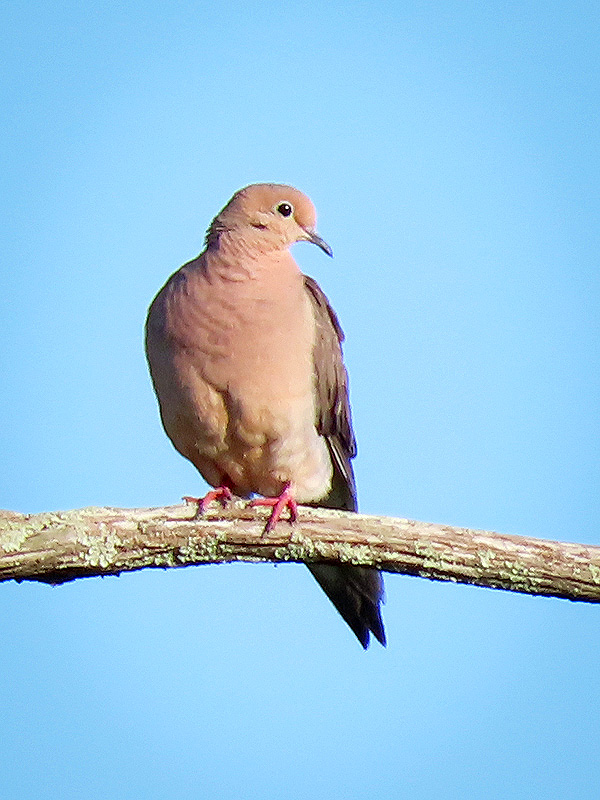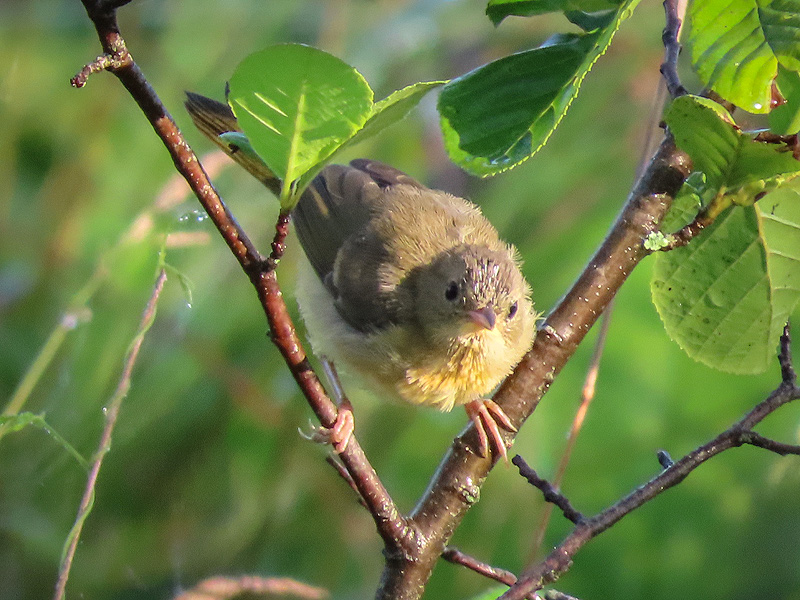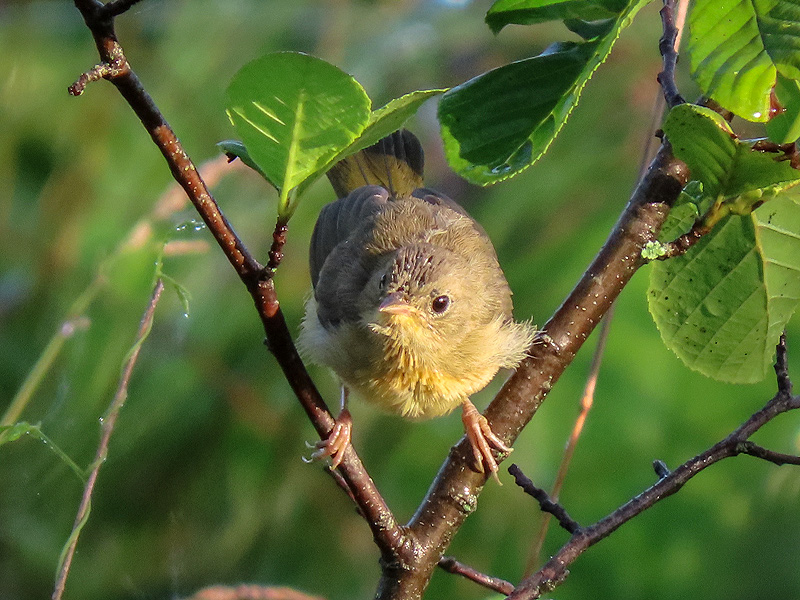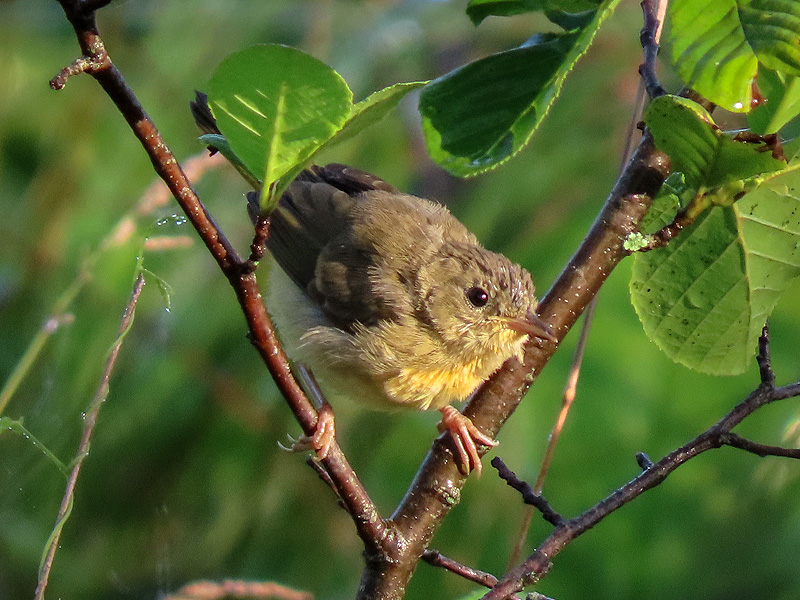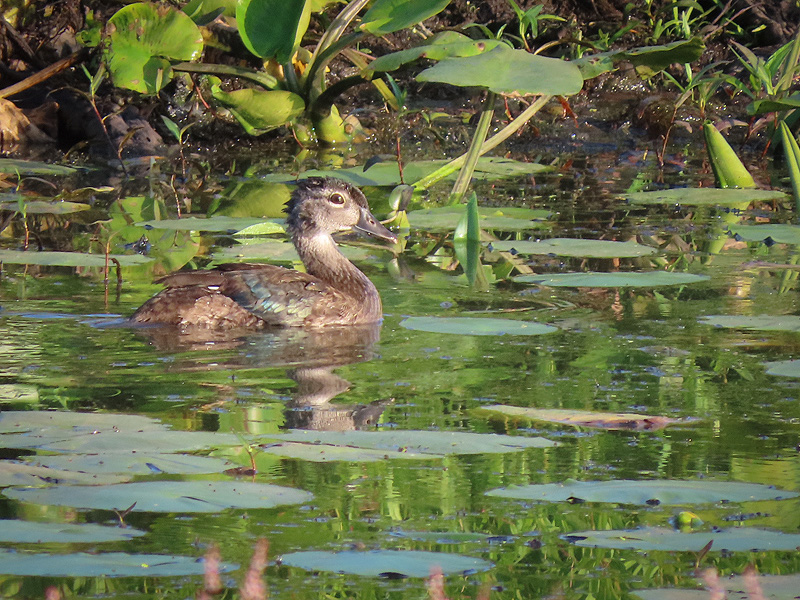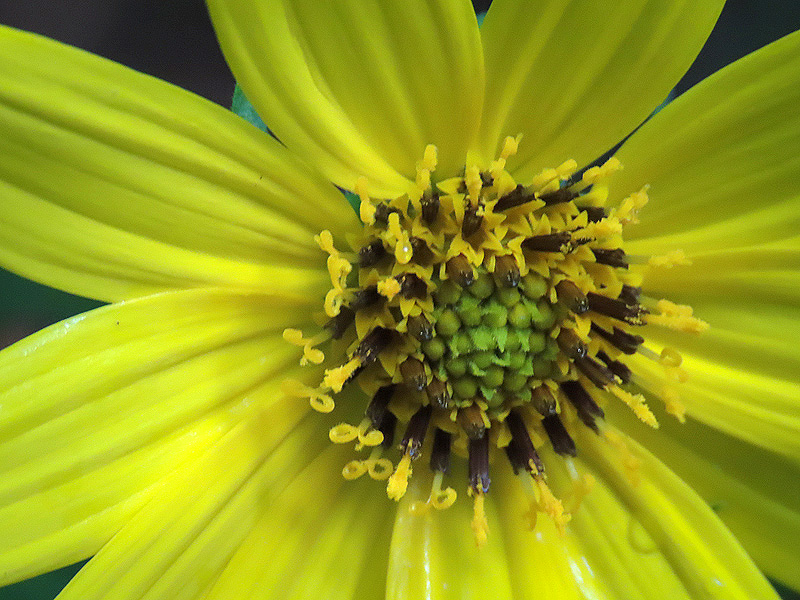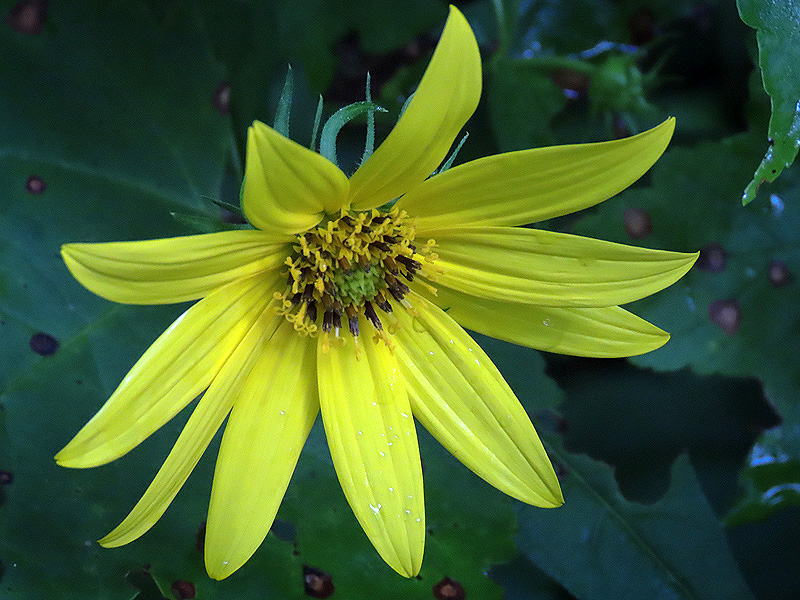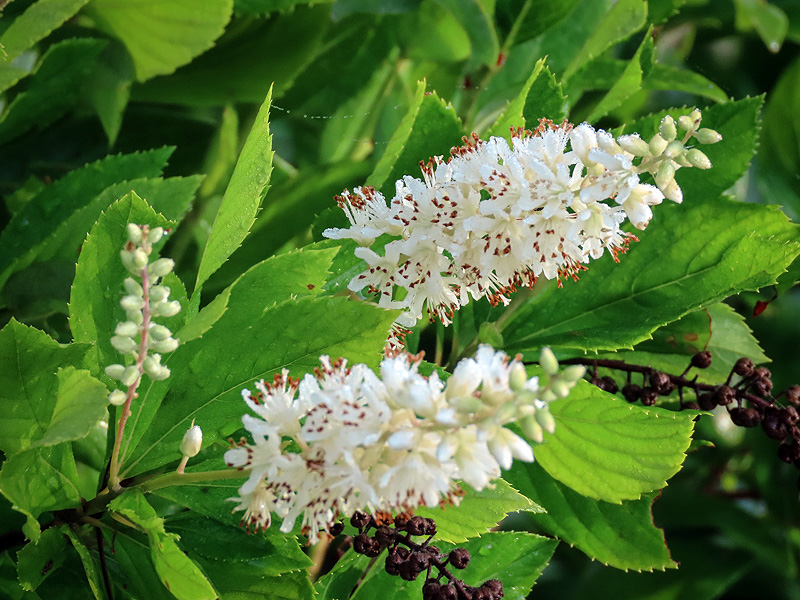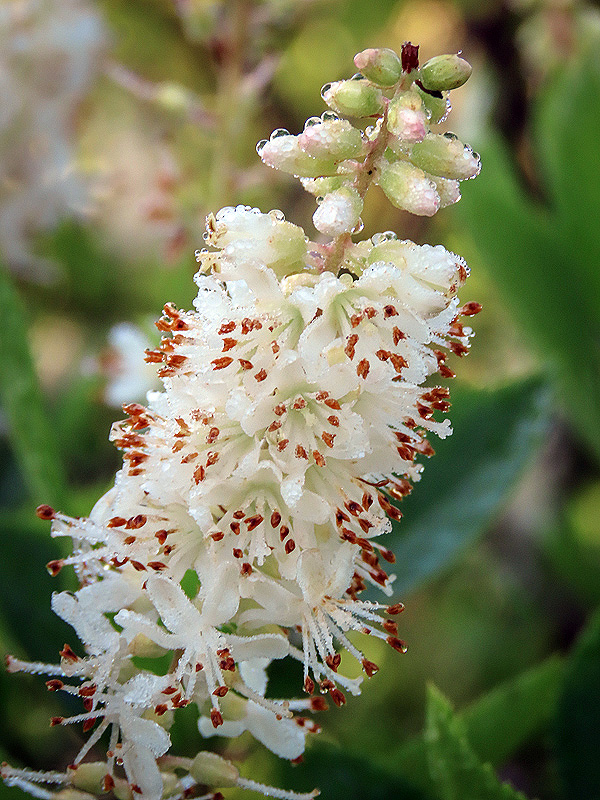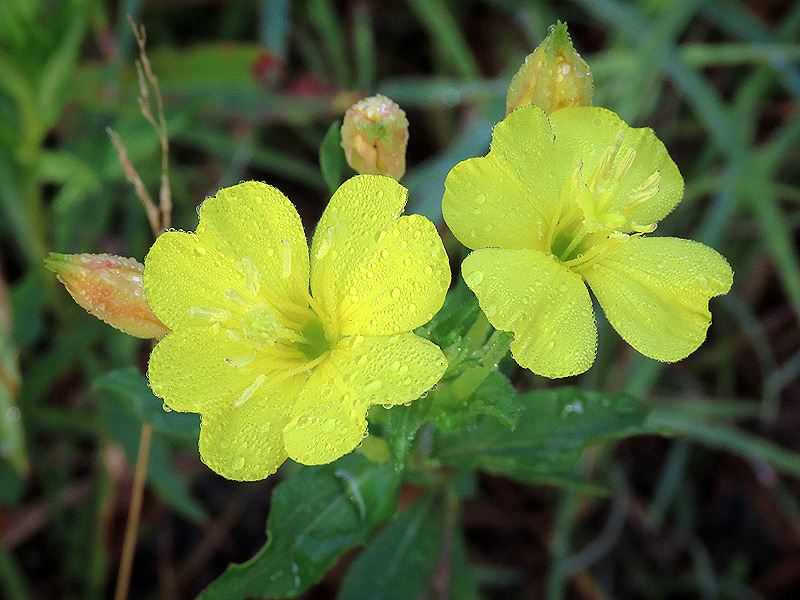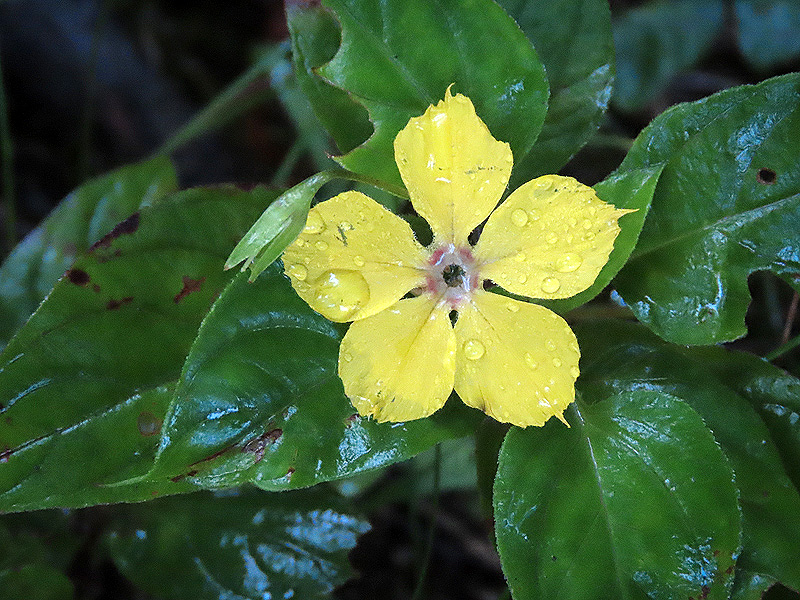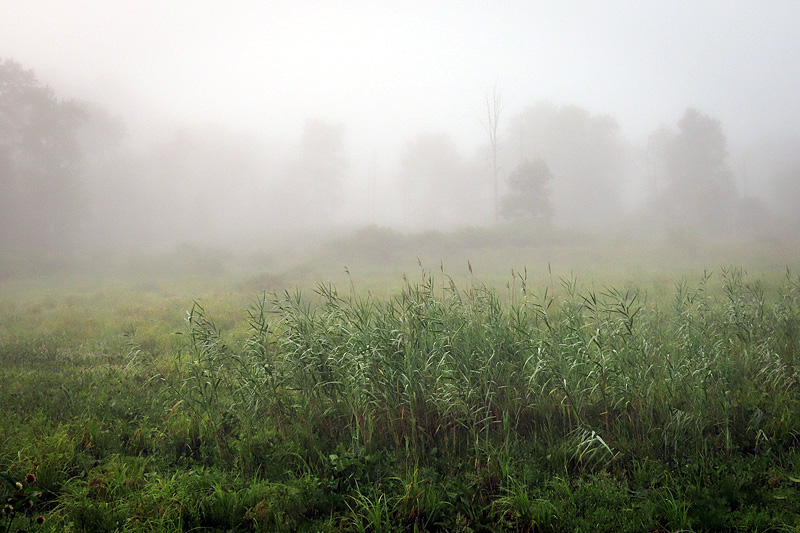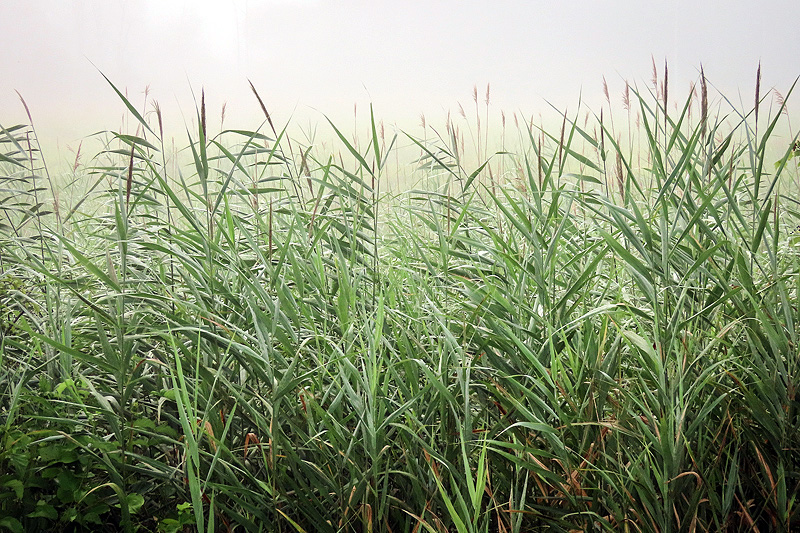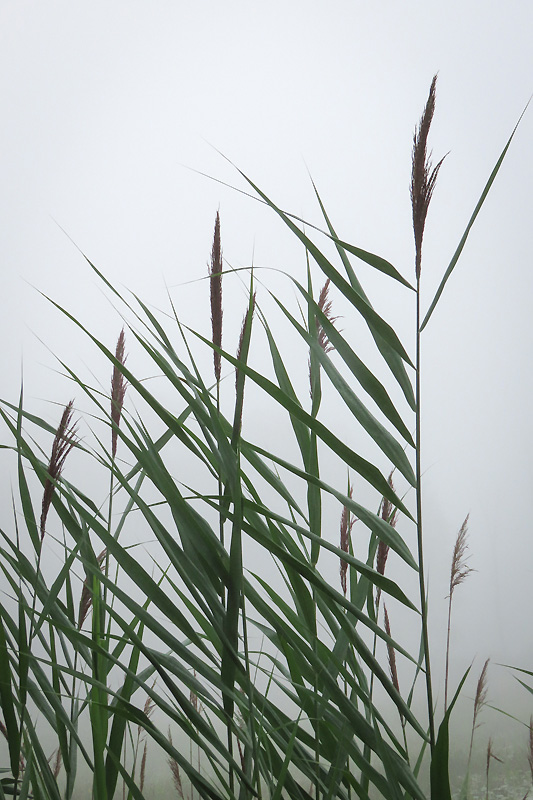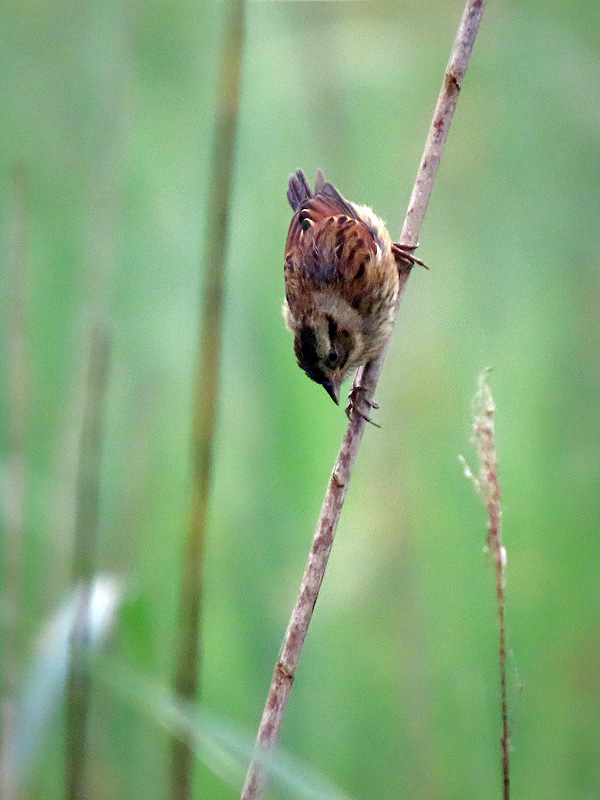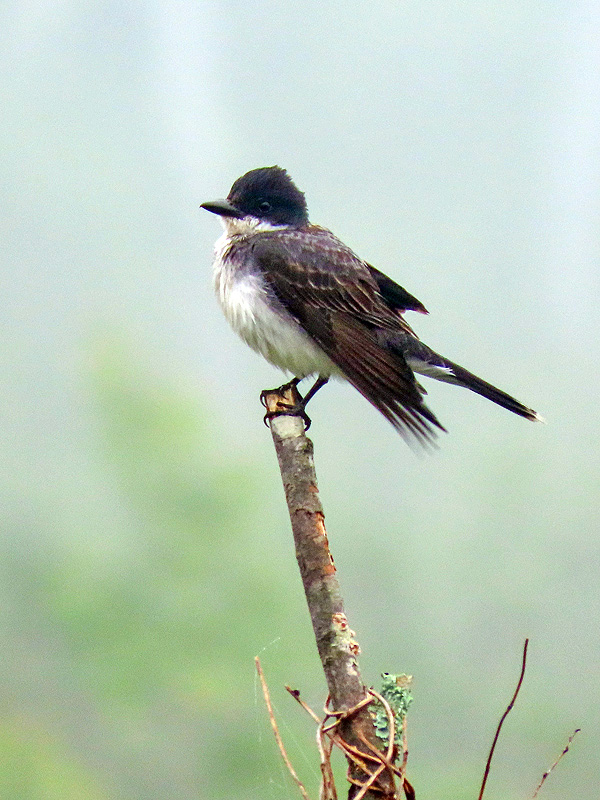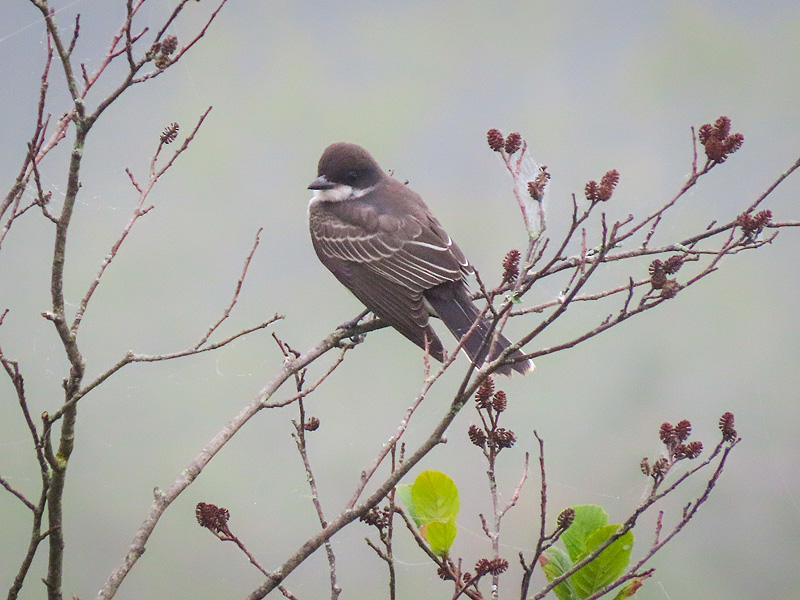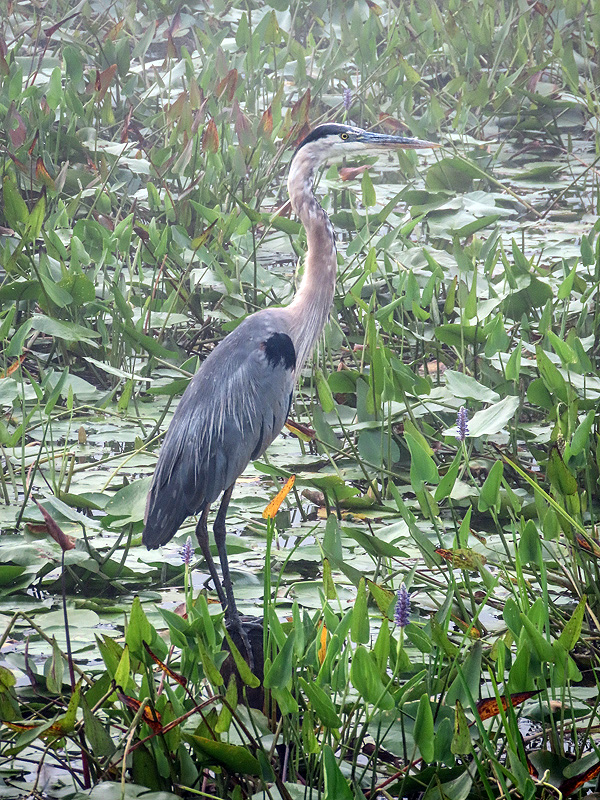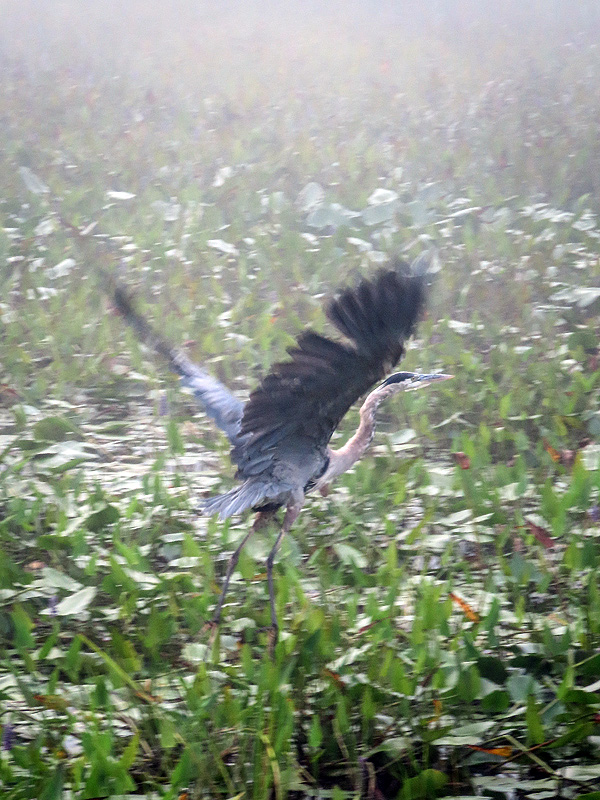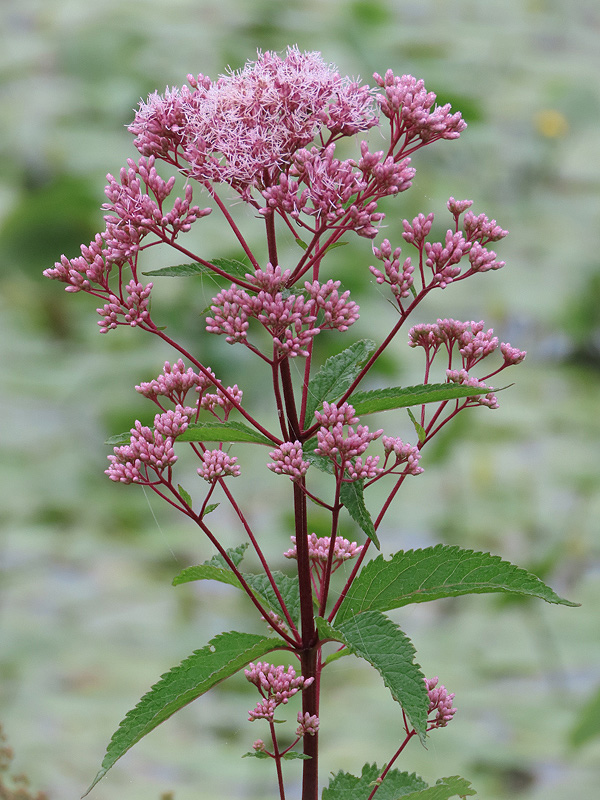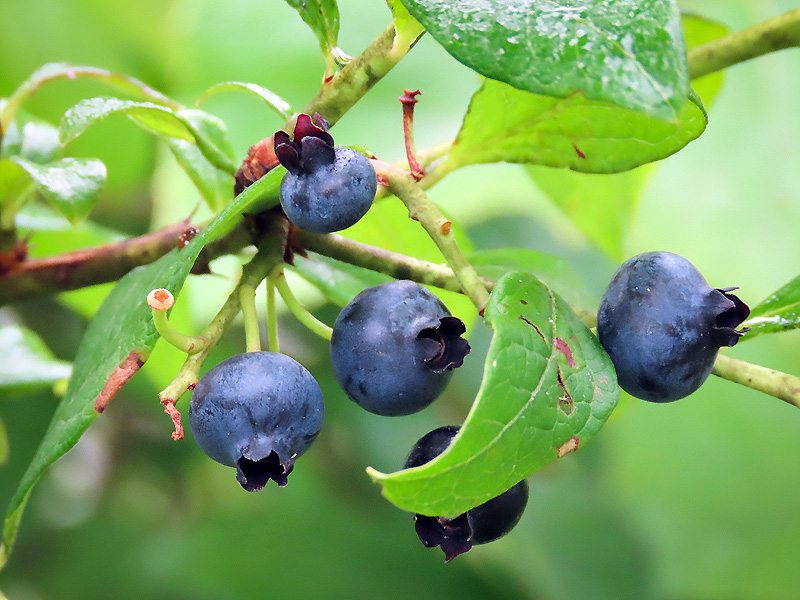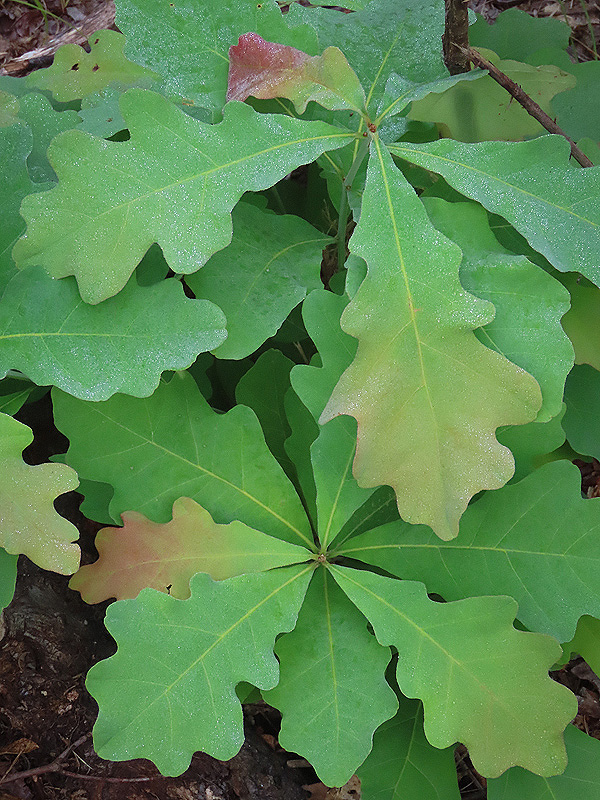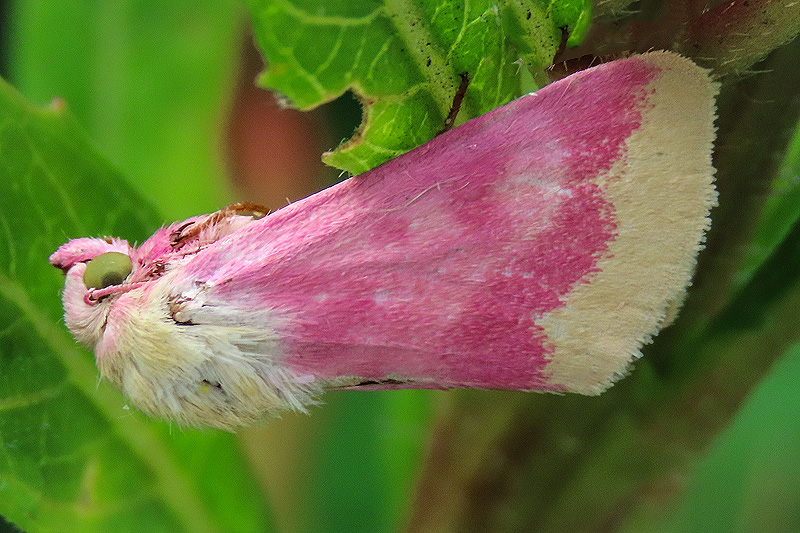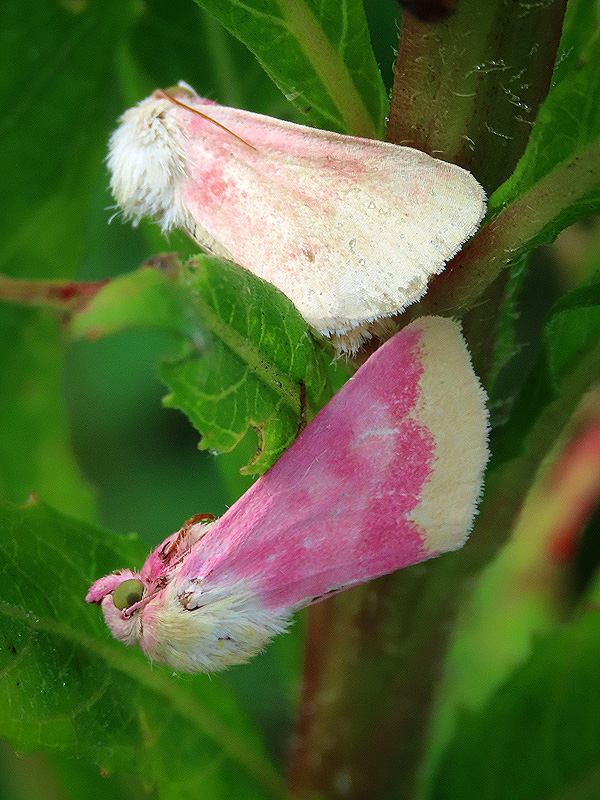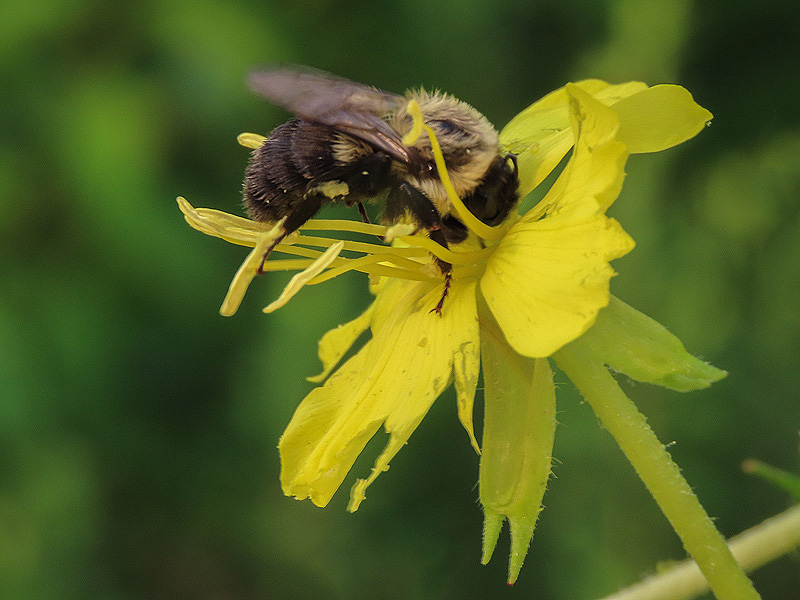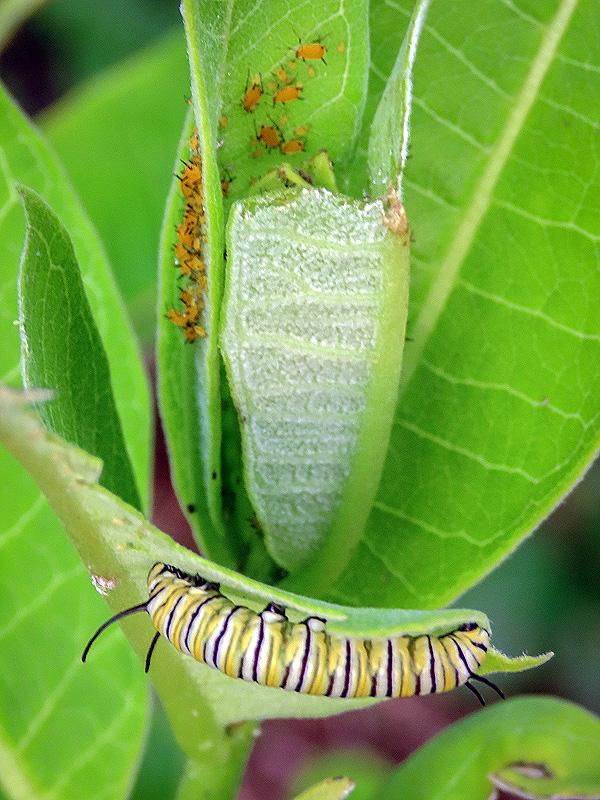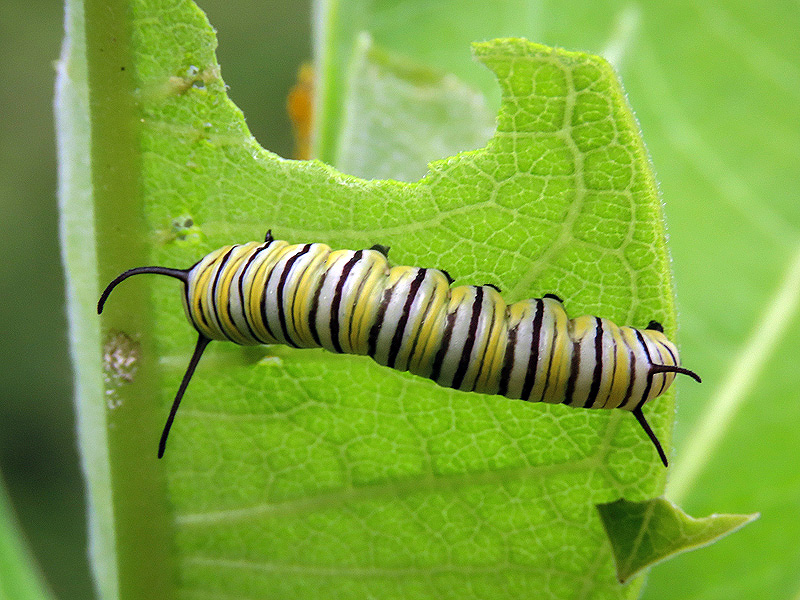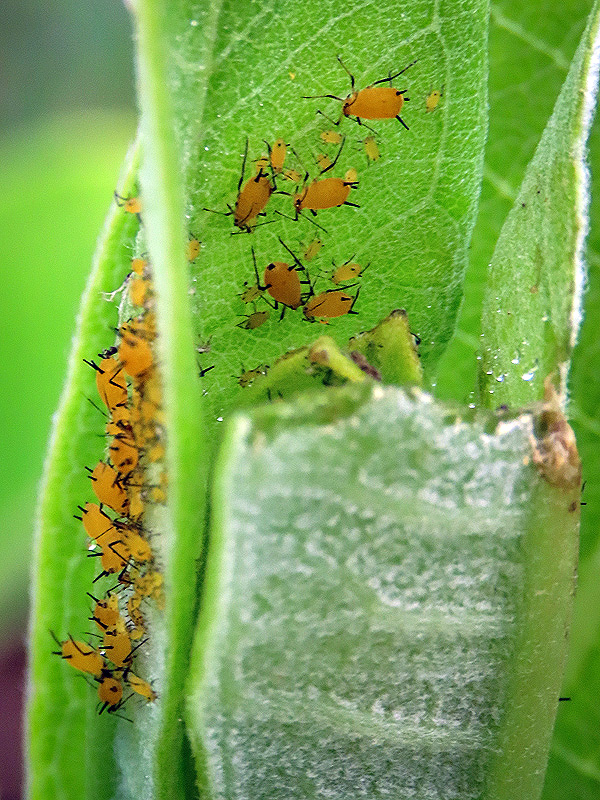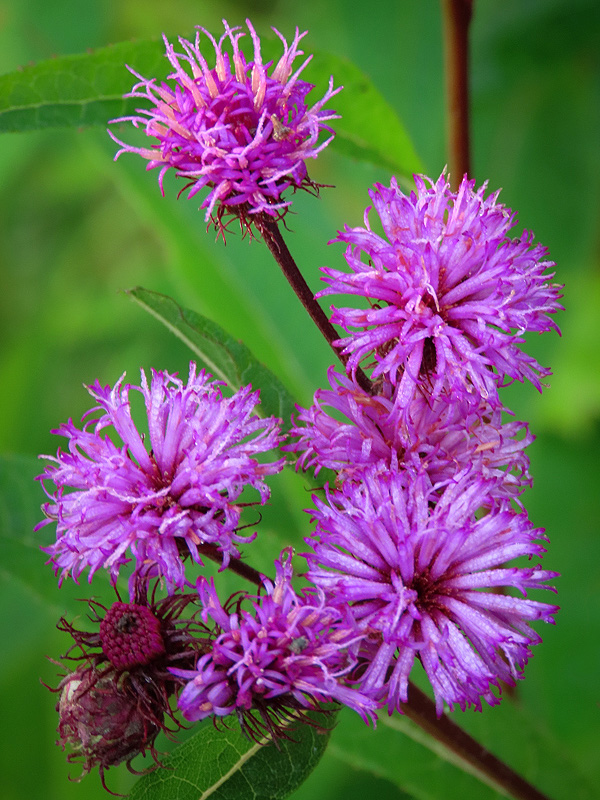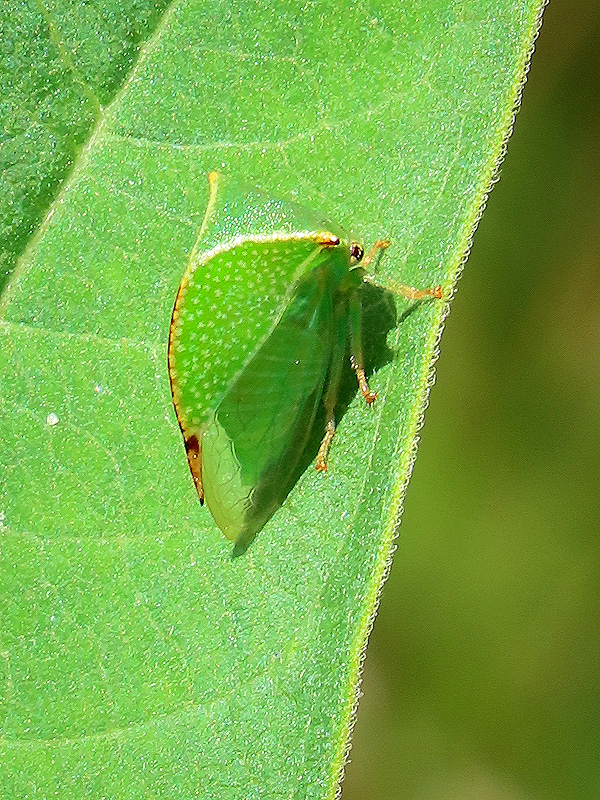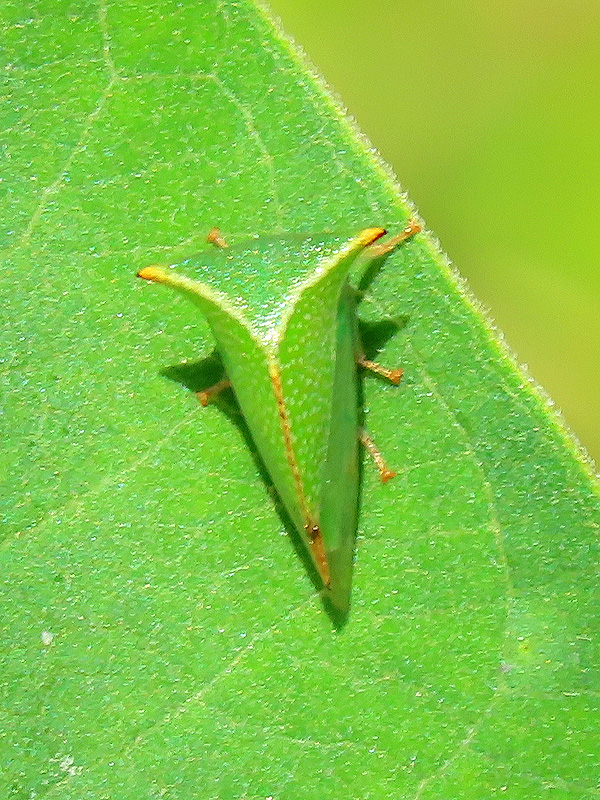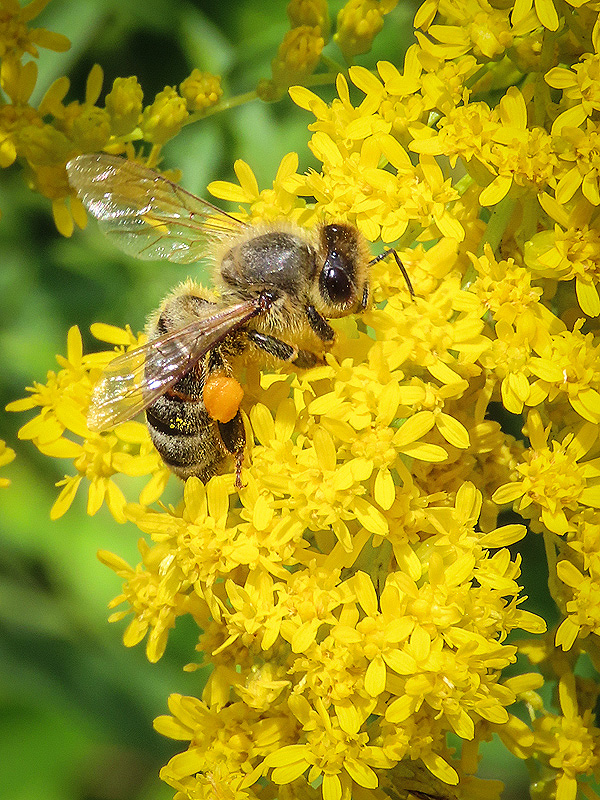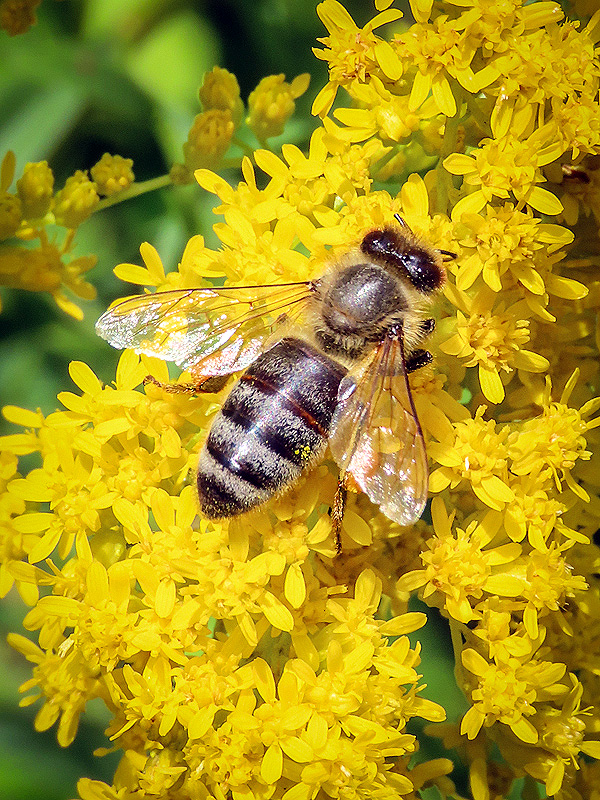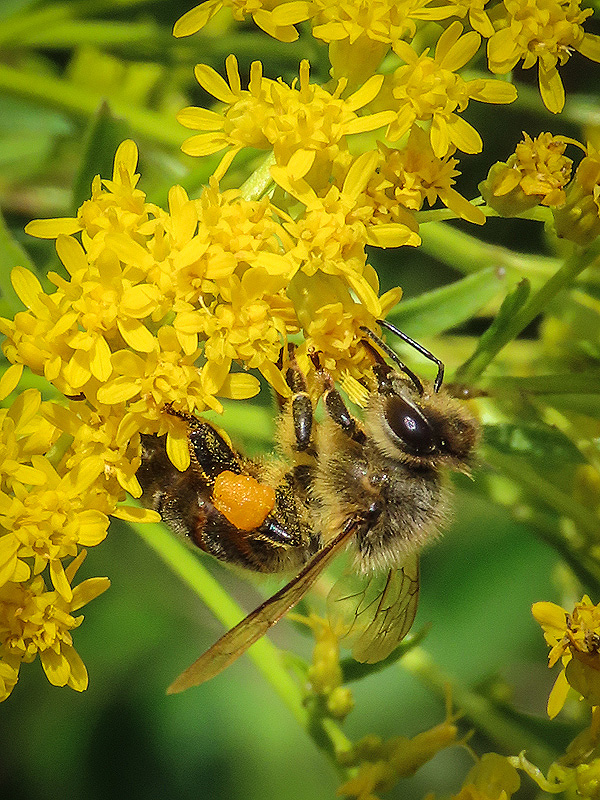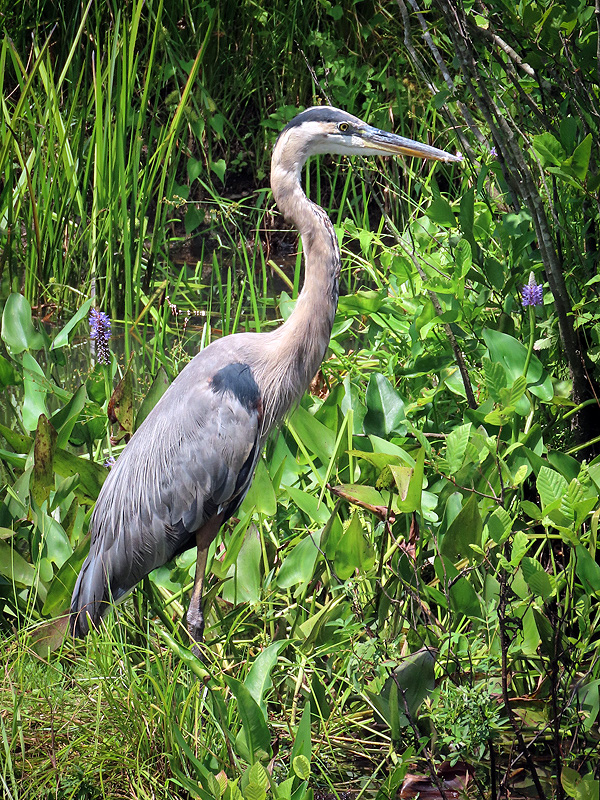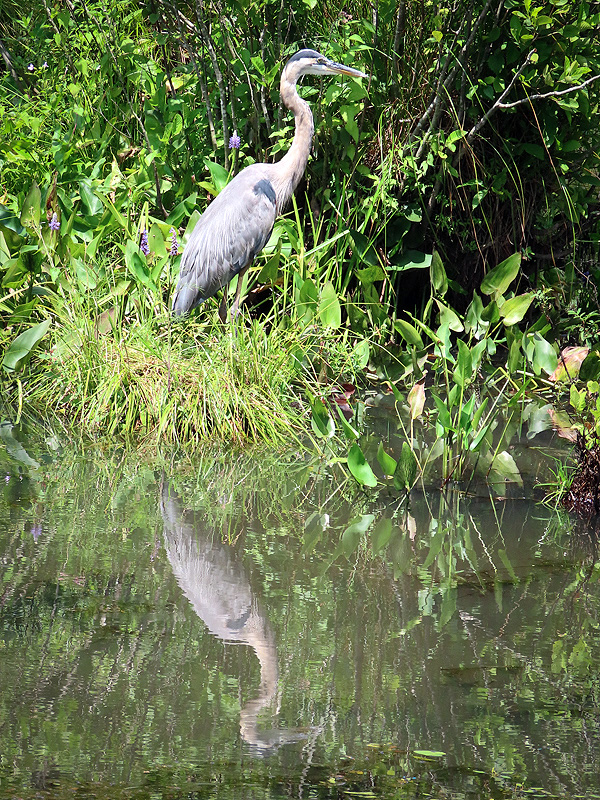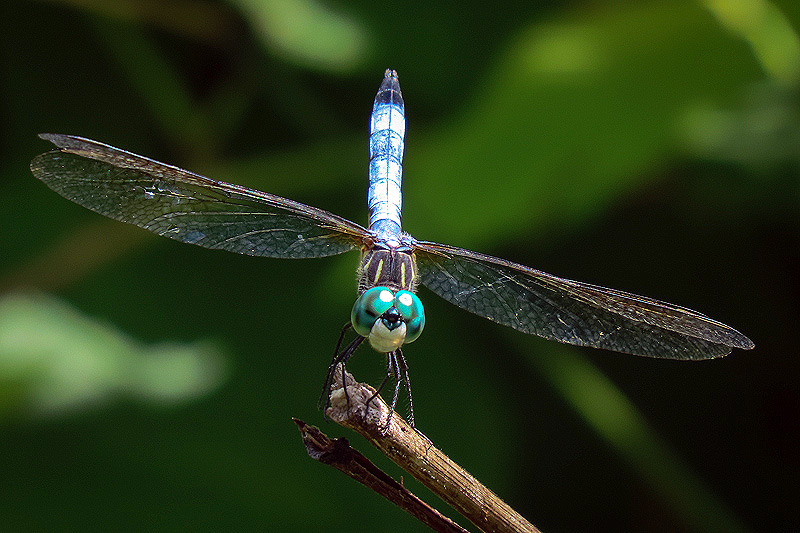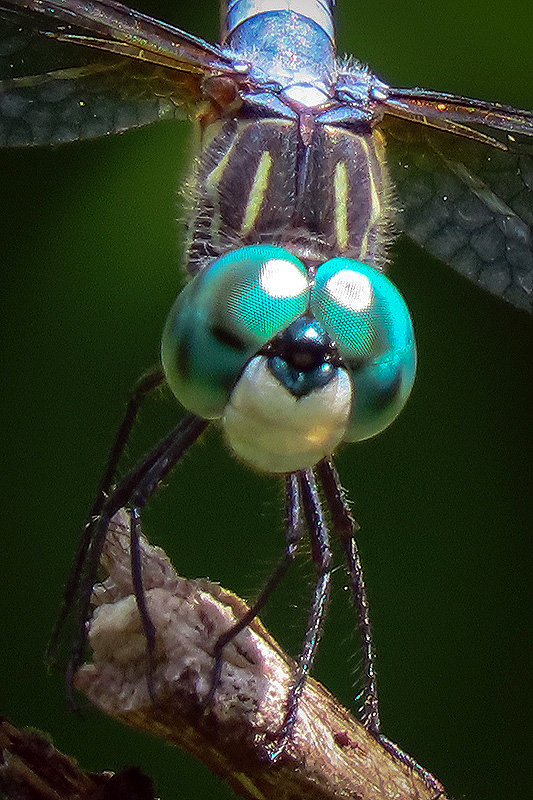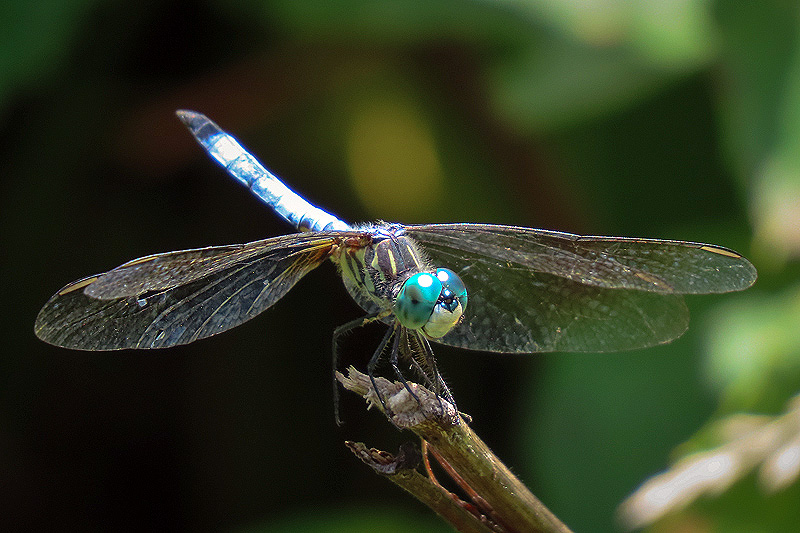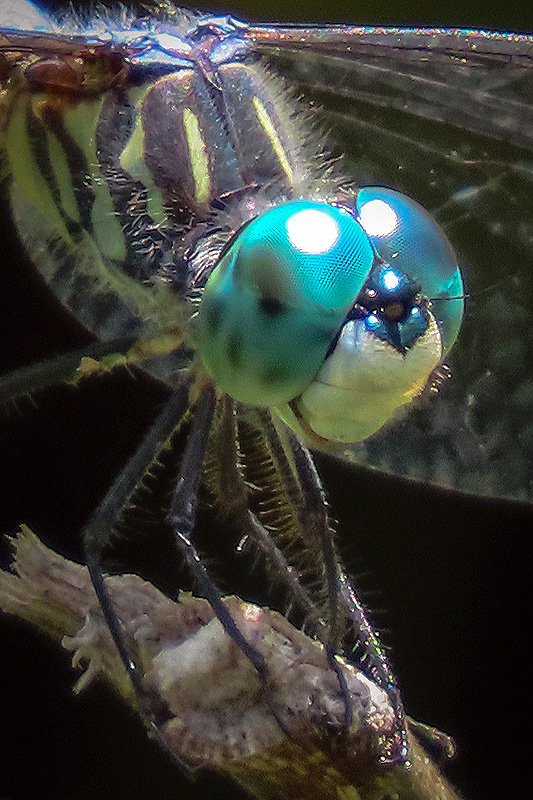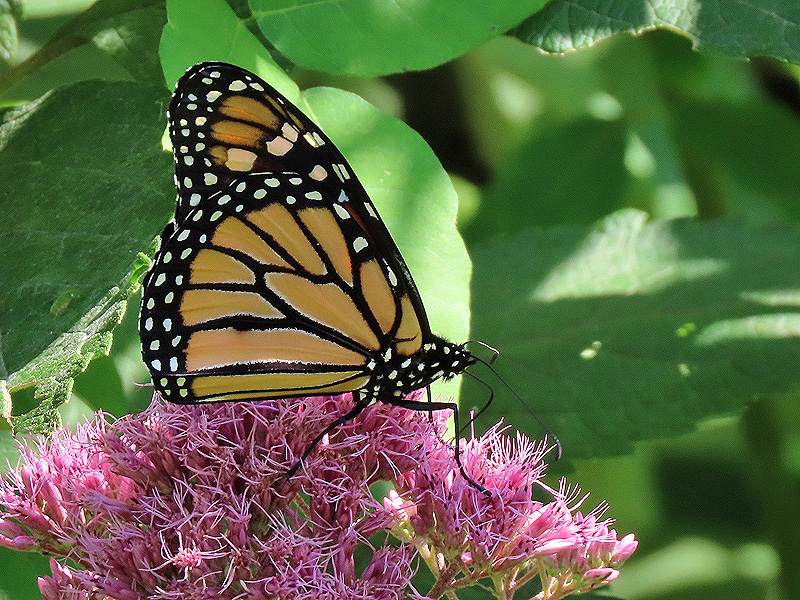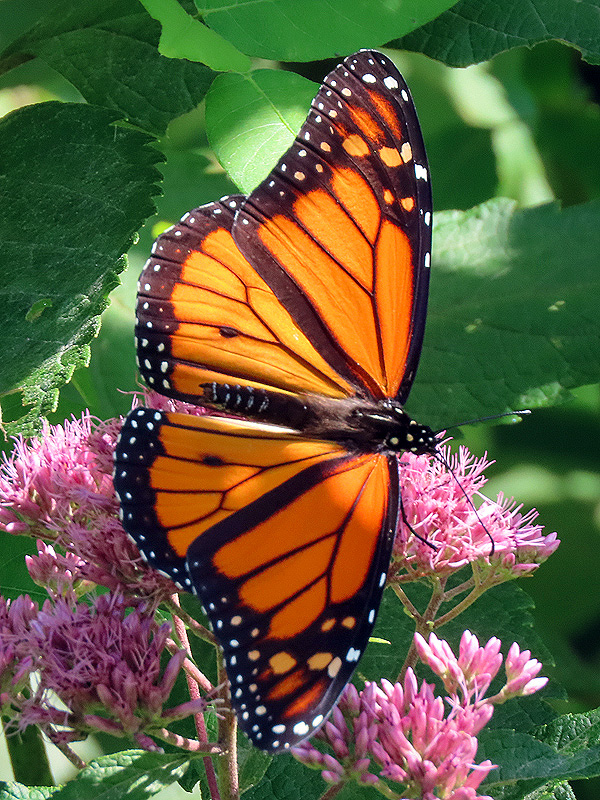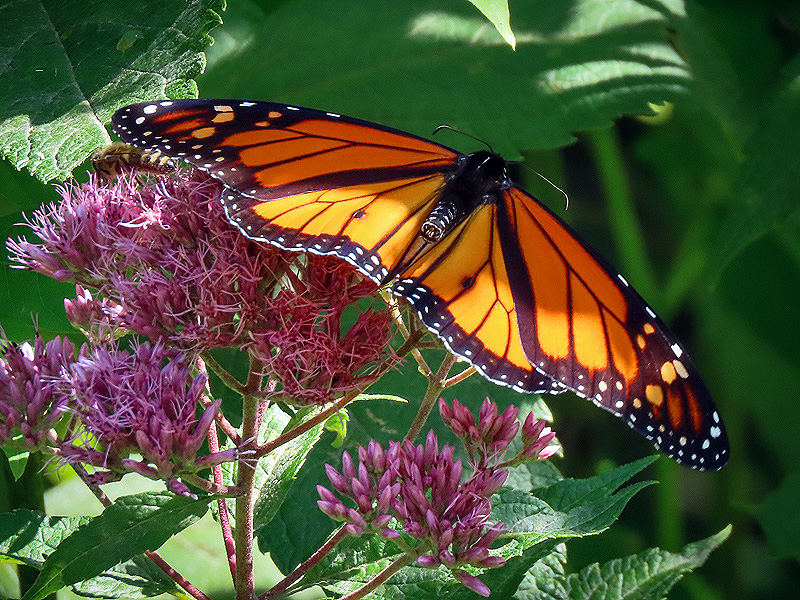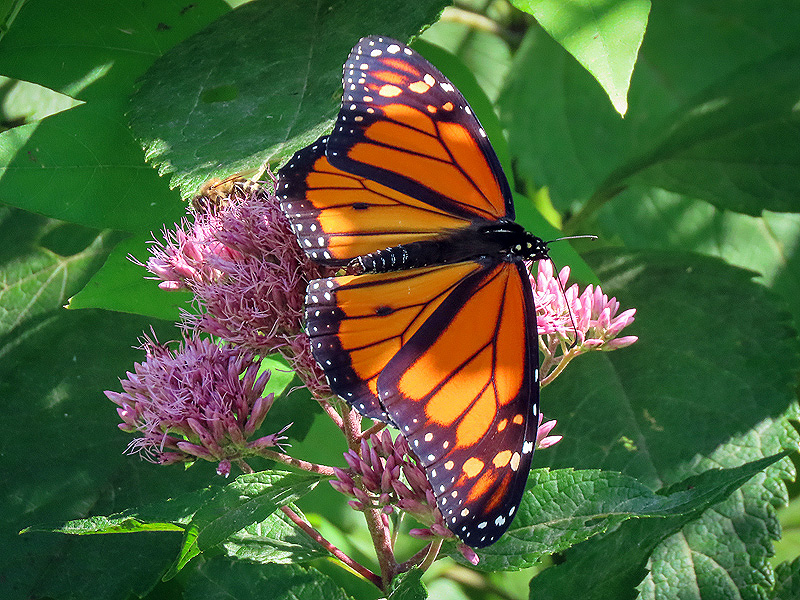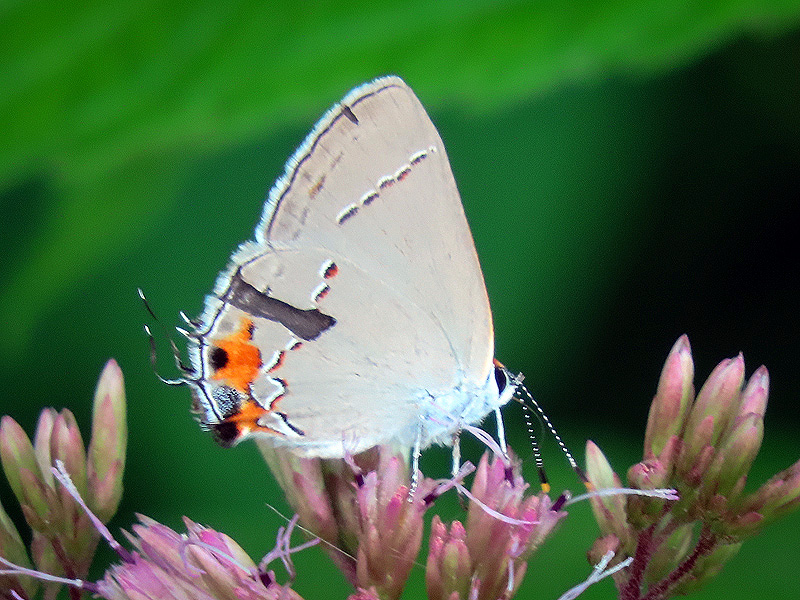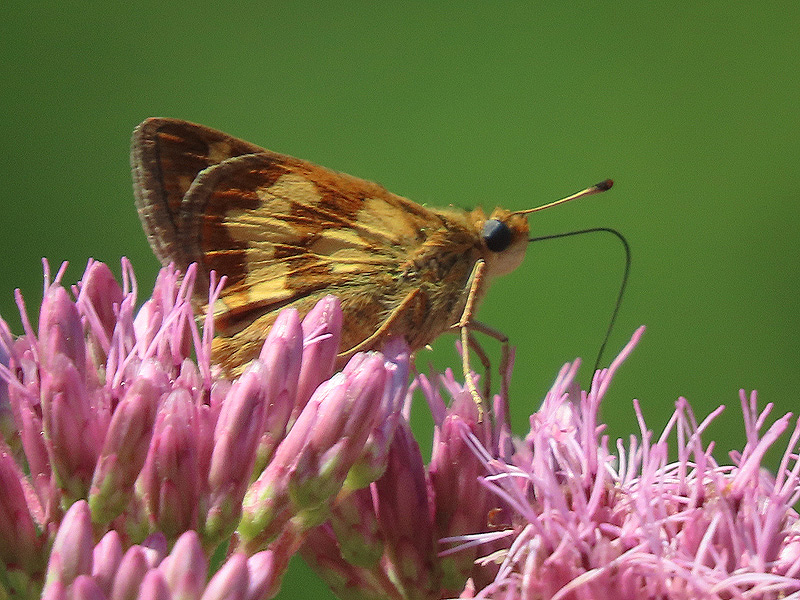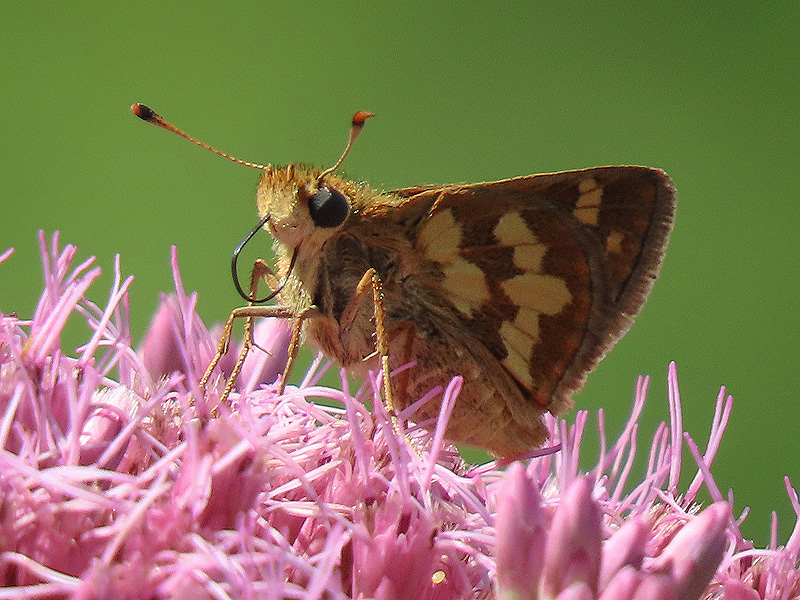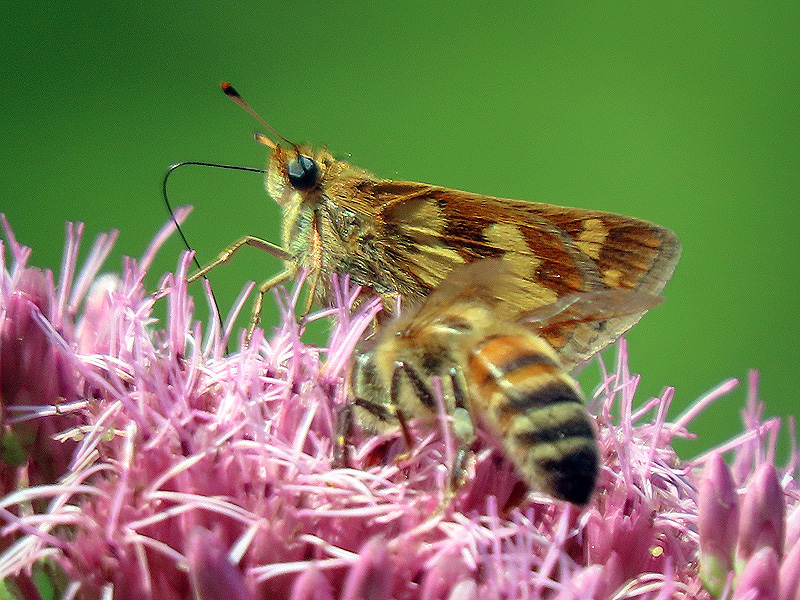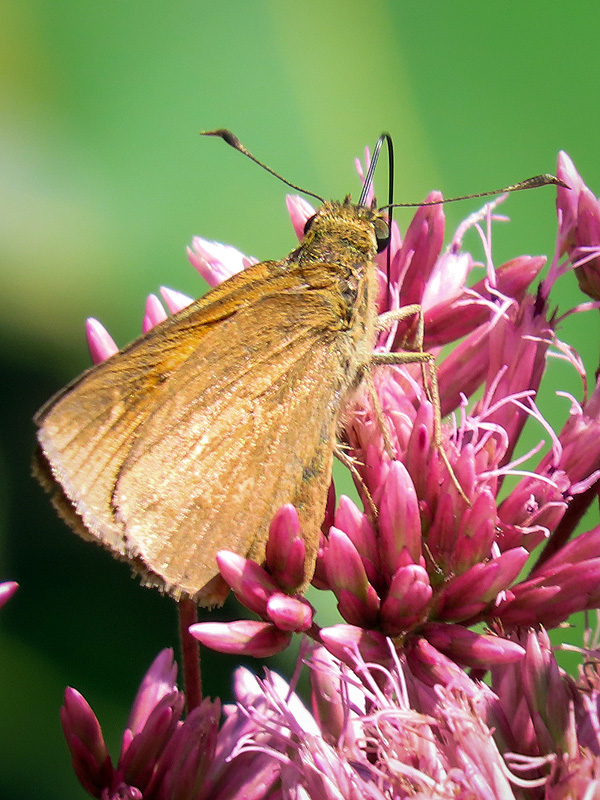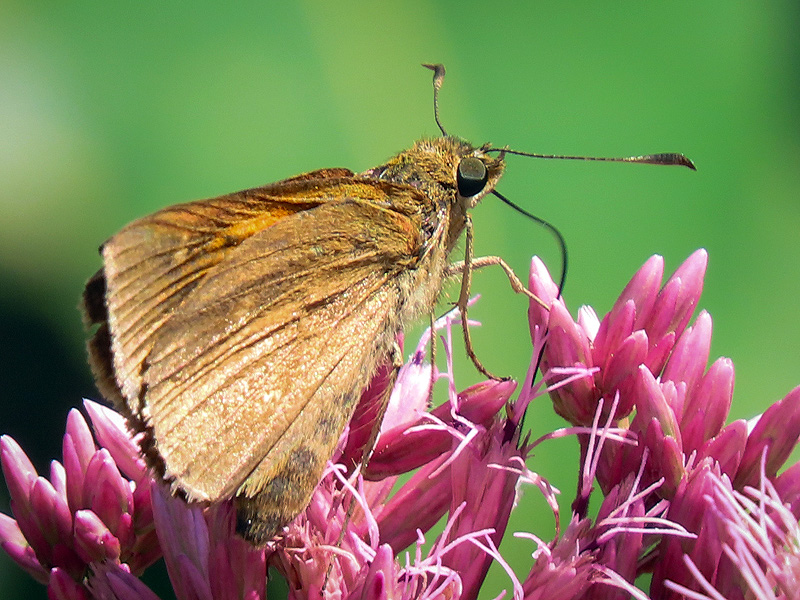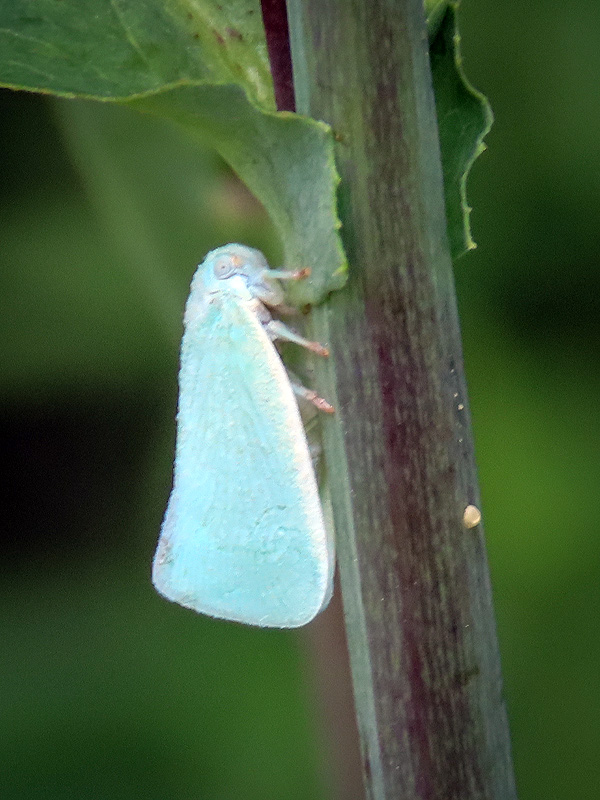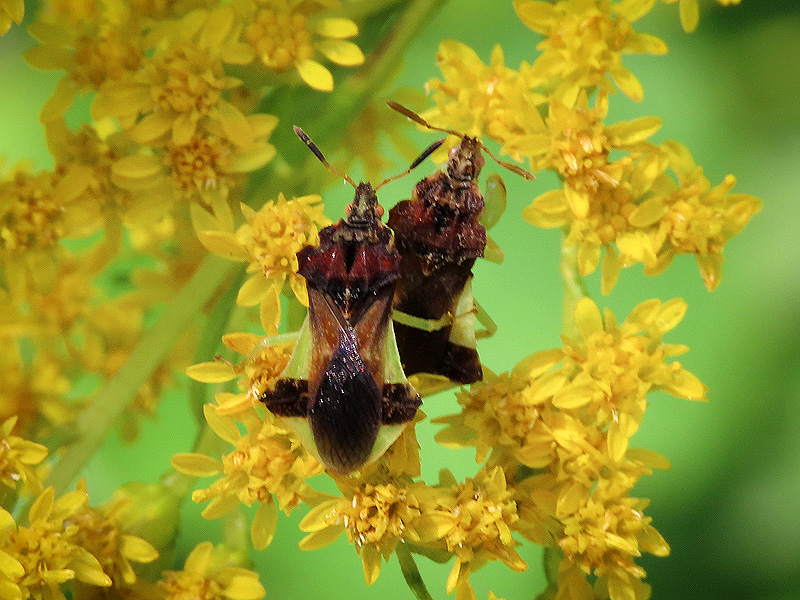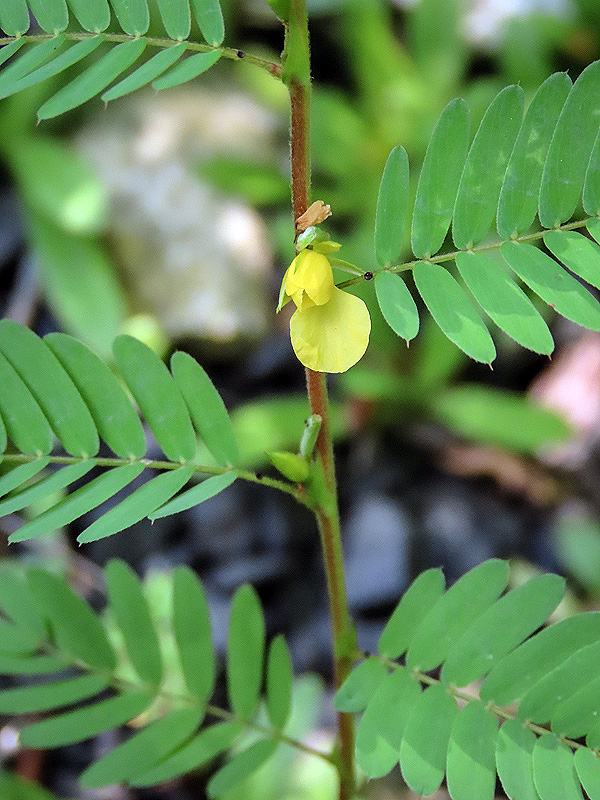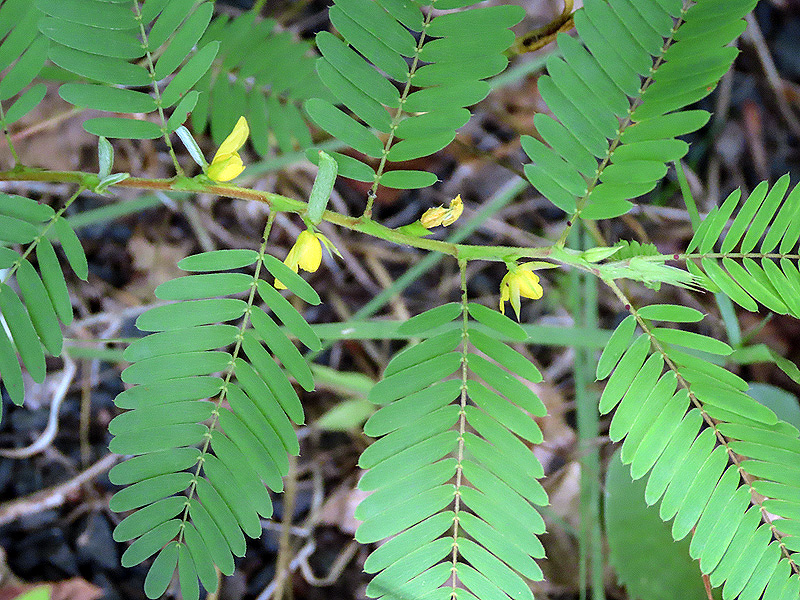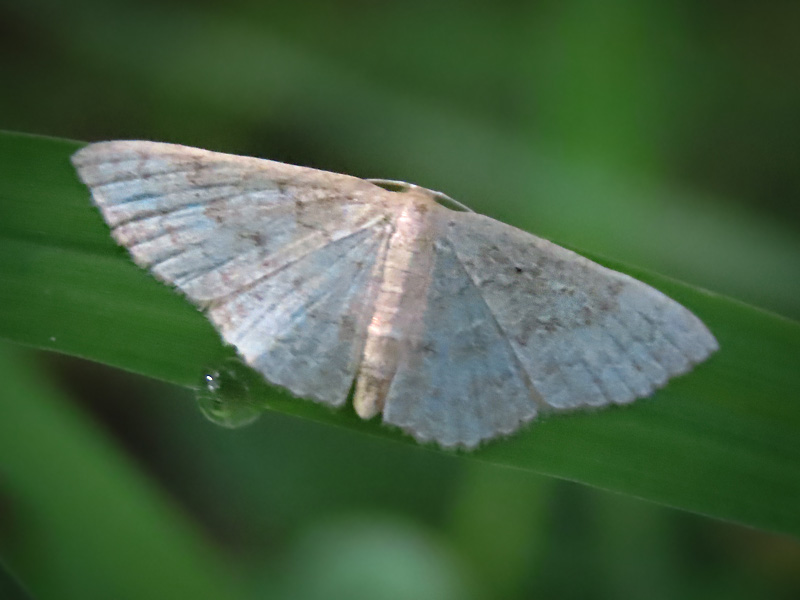Along the Air Line... 2019 - Summer, Part 8 The Air Line Trail in Eastern Connecticut - Stan Malcolm Photos |
HOME: Air Line... 2019 Pages Menu Stan's FlickR Albums |
August 5th. Back on the trail after 10 days in New Hampshire. Mourning Dove (Zenaida macroura). |
(New Hampshire vacation pictures here: https://www.flickr.com/photos/stanmalcolm/albums/72157710146589066) |
Hmm, looks like a young...? (Russ, what do you think? "Juvenile Yellow Warbler", Dendroica petechia. Thanks, Russ!) |
|
|
Young female Mallard (Anas platyrhynchos). Wing feathers not developed enough for flight. |
Woodland Sunflower (Helianthus divaricatus). |
(The next day, the flower was almost entirely eaten.) |
Sweet Pepperbush (Clethra alnifolia). |
Wonderfully fragrant. |
Common Evening-primrose (Oenothera biennis). |
I'm pretty sure this is Fringed Loosestrife (Lysimachia ciliata). |
August 6th. High humidity ground fog. (Headlights required driving to the trail.) |
Common Reed (Phragmites australis). Highly invasive and spreading across the marsh. |
|
A young Sparrow. I won't attempt species but am open to suggestions. (Russ: "Swamp Sparrow", Melospiza georgiana. Thanks again, Russ.). |
\
A male Eastern Kingbird (Tyrannus tyrannus)... |
...and the female nearby. |
Great Blue Heron (Ardea herodius). |
|
Spotted Joe-Pye-weed (Eupatorium maculatum). |
Highbush Blueberries (Vaccinium corymbosum) are all ripening at once. |
Seedling White Oaks (Quercus alba). |
August 7th. Primrose Moth (Schinia florida). |
Adults are usually found head deep in Evening Primrose flowers. They lay eggs there and the larvae feed on the seed capsules. |
Bumble Bee (Family Bombidae), one of many attracted to Evening Primrose. The bees' tarsal claws rip the flowers to shreds. |
A Monarch caterpillar and distictive yellow aphids feeding on Common Milkweed (Asclepias syriaca). |
The Monarch caterpillars (Danaus plexippus) sever the main veins of the leaf, halting the flow of toxic "milk" before feeding beyond the break. |
Milkweed Aphids (Aphis nerii) also feed on Oleander. They were introduced to North America on infested Oleanader. |
New York Ironweed (Vernonia noveboracensis). |
August 8th. Late morning. Sun and clouds after a damp and dreary start to the day. |
A thorn mimic from the right angles (and when perched on a stem). |
Honey Bee (Apis mellifera) with a full pollen load on Goldenrod (Solidago sp.). |
|
|
Great Blue Heron (Ardea herodius). |
|
Male Blue Dasher dragonfly (Pachydiplax longipennis). |
|
|
|
Early afternoon at Cranberry Bog. A newly eclosed male Monarch (Danaus plexippus) on Joe-Pye-weed (Eupatorium maculatum). |
Male because of the swollen spots (scent glands) on a hind wing vein. |
|
|
Gray Hairstreak (Strymon melinus). |
Skippers can be tough to identify. Pretty sure this is Peck's Skipper (Polites peckius). |
|
Getting crowded on the flower head. |
I'm guessing that this is a Crossline Skipper (Polites origenes). |
|
Northern Flatid Planthopper (Anormenis chloris). They're fun to play with: as you approach, they circle around to the back of the stem. Wiggle your finger behind the stem and they circle back to the front. |
Two Ambush Bugs (Phymata sp.). |
Wild Sensitive Plant (Chamaecrista nictitans). |
|
August 9th. A Wave moth (Family Geometridae, Subfamily Sterrhinae, Genus Lobocleta or Scopula). |

